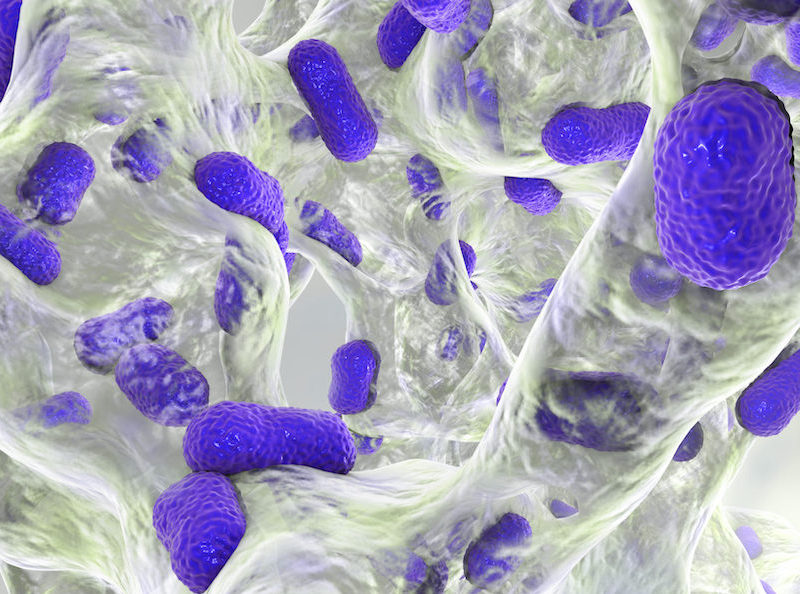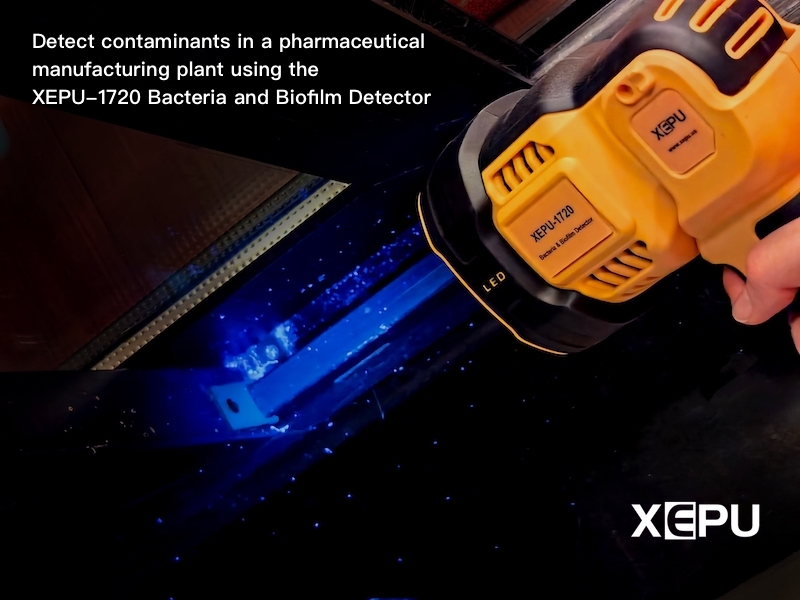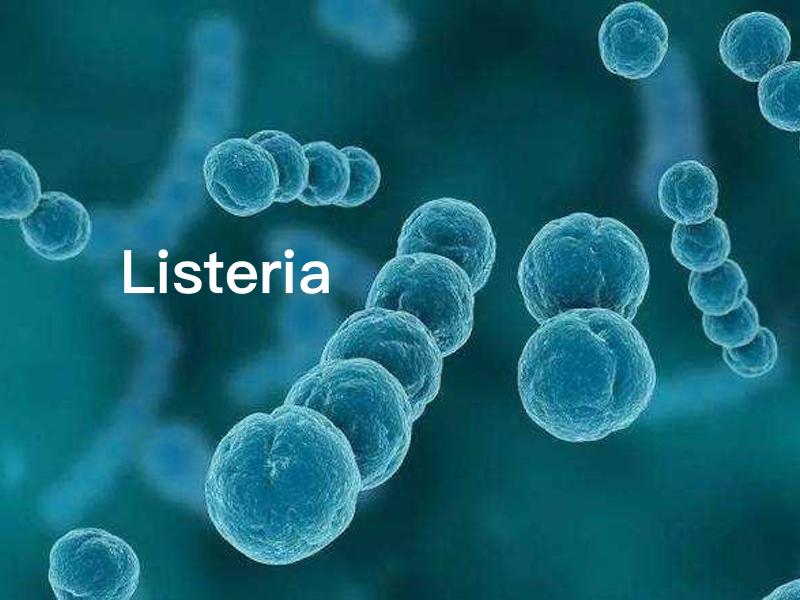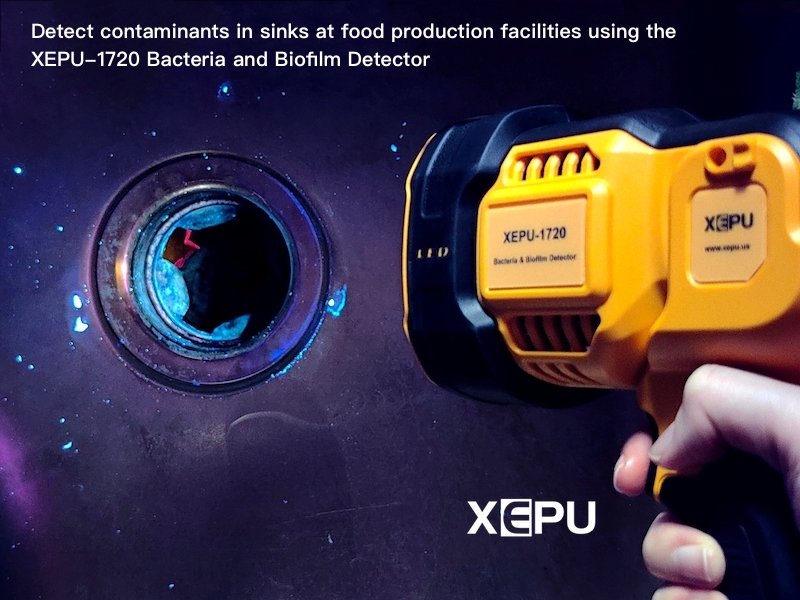GFP vs YFP Fluorescent Protein
Green fluorescent protein (GFP) and yellow fluorescent protein (YFP) are two types of fluorescent proteins that emit different colors of fluorescence when excited by light ranging from blue to ultraviolet. The applications of GFP and YFP in molecular biology are similar. This article will explain the similarities and differences between GFP and YFP.
Green fluorescent protein (GFP)
Green fluorescent protein (GFP) is a bioluminescent polypeptide protein naturally found in jellyfish and many other marine organisms. When GFP is illuminated by blue light or ultraviolet light, it emits green fluorescence. GFP absorbs blue light (475nm) or long-wave ultraviolet UV-A (395nm) and emits green fluorescence (509nm).
GFP contains 238 amino acids, and the protein has a size of 26.9 kDa and has a beta-barrel folded shape. The protein part that makes GFP fluoresce is formed by the combination of backbone atoms Ser65, Tyr66 and Gly67. The chromophore is enclosed within a β-barrel structure, which protects it from quenching by paramagnetic oxygen, water dipoles, or cis-trans isomerization. Furthermore, non-covalent interactions of chromophores with neighboring molecules enhance their spectral properties.
In addition, GFP is used as a reporter gene for gene expression in molecular biology to prove the expression of foreign genes in the host body. Additionally, GFP can be used to determine the subcellular location where a specific protein will be expressed. The protein of interest is fused to GFP, and the fusion protein is transformed into the host.
However, the main disadvantage of wild-type GFP is its reduced effectiveness, which is due to low folding efficiency at physiological temperatures (e.g., 37°C), thus reducing the fluorescence expression. Furthermore, the low maturation rate of GFP allows the protein to aggregate within cells. Enhanced GFP (EGFP) is a derivative of wild-type GFP with a single point mutation (S65T) resulting in a scaffold with 37°C folding efficiency (F64L) point mutation with improved spectral properties including increased fluorescence and photostability. Enhanced green fluorescent protein GFP (EGFP) has an excitation peak of 488nm and an emission peak of 509nm.
Figure below: green fluorescence emitted by green fluorescent protein GFP
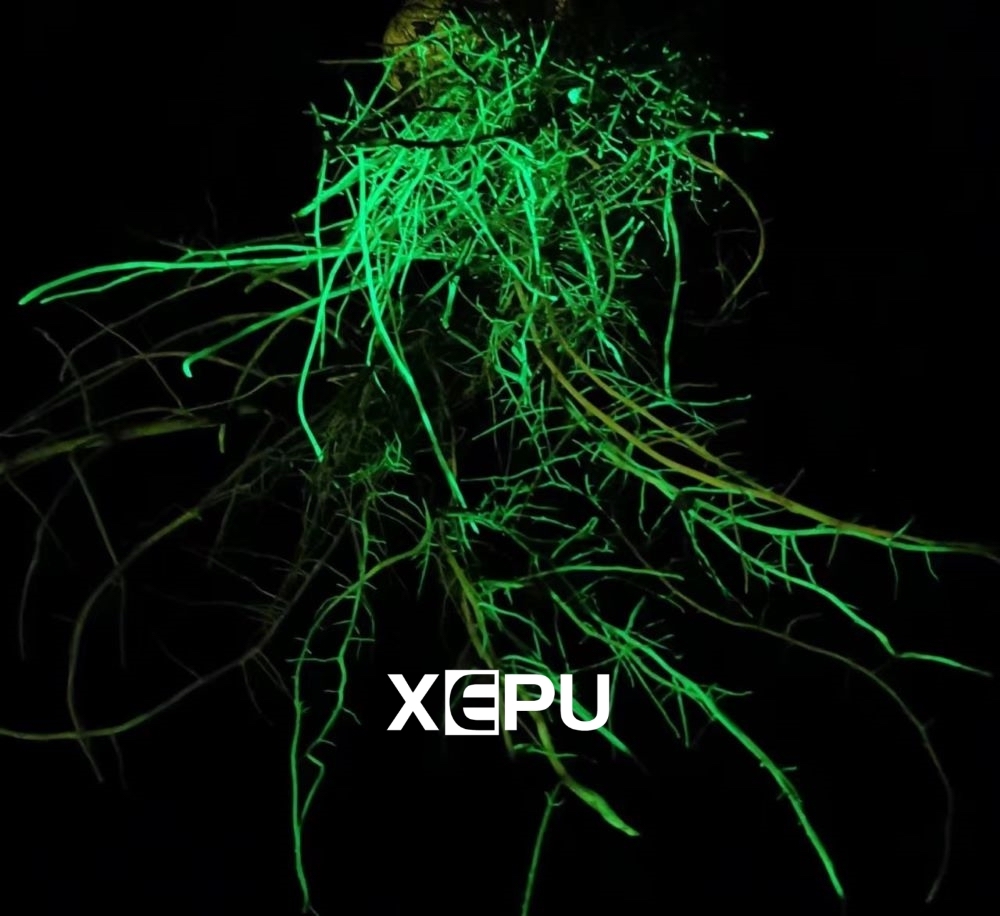
Yellow fluorescent protein (YFP)
Yellow fluorescent protein (YFP) is a GFP derivative introduced as a genetic mutation. In fact, it is a color mutation completed by the T203Y mutation. This results in π-electron stacking interactions between the substituted tyrosine residue and the chromophore. Therefore, yellow fluorescent protein YFP absorbs green light at a wavelength of 514nm and emits yellow fluorescence at a wavelength of 527nm.
In addition, Citrine, Venus and YPet are three improved versions of YFP. They share properties including reduced chloride sensitivity, faster ripening, and increased brightness. The main importance of YFP in molecular biology is as a receptor for genetically encoded FRET sensors. The most common donor fluorescent protein is monomeric cyan fluorescent protein (mCFP), which is another GFP derivative.
Figure below: yellow fluorescence emitted by yellow fluorescent protein YFP
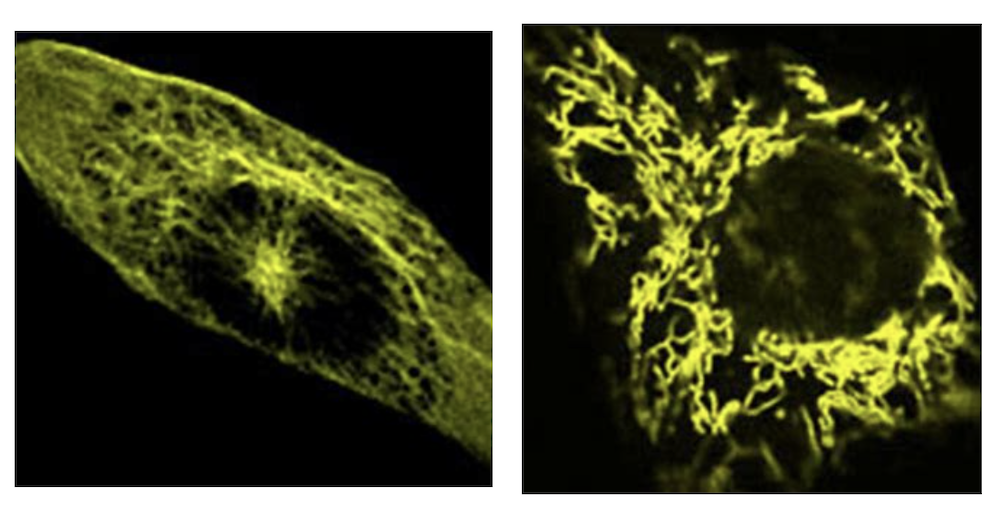
Similarities between GFP and YFP fluorescent proteins
Here are four similarities between GFP and YFP fluorescent proteins:
● GFP and YFP are two fluorescent proteins with similar applications in molecular biology.
● Both GFP and YFP can emit fluorescence when excited by blue light or ultraviolet light.
● Both GFP and YFP can be used as reporter genes for gene expression.
● Both GFP and YFP can be expressed in a variety of organisms, including mammalian, fish, fungal, yeast, and bacterial cells.
Differences between GFP and YFP fluorescent proteins
Here are three differences between GFP and YFP fluorescent proteins:
● Source: GFP is a protein that emits green fluorescence and is found naturally in the jellyfish while YFP is a genetic mutant of the green fluorescent protein GFP.
● Excitation and emission: GFP has an excitation peak of 475 nm or 395 nm, and an emission peak of 509 nm. The excitation peak of YFP is 514 nm, and the emission peak is 527 nm. After being excited, GFP emits green fluorescence, while YFP emits yellow fluorescence.
● Applications: GFP is an important reporter gene and can be used to visualize the localization of fusion proteins while YFP can be used as a non-invasive intracellular pH biosensor or a fluorescent indicator of local Ca2+ concentration.
How to excite and view GFP and YFP fluorescence?
To view GFP or YFP fluorescence, use three-wavelength fluorescent protein excitation lamp GFPfinder-2103RGC. Equipped with three excitation lights (blue light, green light and cyan light), this powerful lamp can be used to excite three types of fluorescent proteins including GFP, RFP and YFP. The 12w high-power LED provides high-intensity, large-area illumination, making it easy to observe GFP and YFP fluorescence expression! Contact us to get a quote.
Figure below: GFPfinder-2103RGC used for GFP, RFP, and YFP fluorescence


